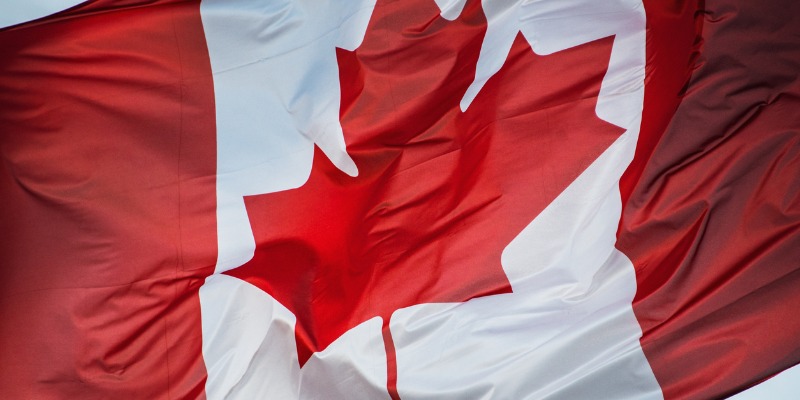Ottawa’s red ink leaves little room for defence spending commitments

Increased conflict in the Middle East and the war in Ukraine have thrust global affairs into the spotlight brought about renewed focus on defence spending, particularly among North American Treaty Organization (NATO) countries. Unfortunately, at a time when many NATO countries are substantially increasing their defence spending, the federal government wants Canada’s military to cut $1 billion from its budget.
While this is a longstanding issue for Canada, the fiscal policies of the Trudeau government have worsened the problem and the country remains unable to meet defence spending commitments made to its allies.
First, consider the state of federal finances. In recent years, the federal government has significantly increased spending, which has gone from $256.2 billion in 2014 to $448.2 billion in 2022—an increase of 75 per cent. Where has all the new spending gone? The Trudeau government has expanded or implemented new programs such as national $10-a-day daycare and the Canada Child Benefit, which sends monthly cheques to eligible families, while moving into areas of provincial responsibility such as child care, pharmacare and dental coverage.
These large spending increases have produced persistent budget deficits and substantial debt accumulation. As such, Ottawa has little or no room for new spending without creating even larger deficits, leading to the recent proposal to cut defence spending.
But unlike dental coverage, defence is a core responsibility of the federal government—defending our borders and national security aren’t tasks that can feasibly be left to the provinces or private sector.
Unfortunately, due to the Trudeau government’s lack of spending control, it now must choose among bad options: cut defence spending, increase taxes and/or take on additional debt to increase defence spending, or breach commitments made to its allies. Since 2006, NATO countries have agreed to spend a minimum of 2 per cent of GDP on defence. As of 2022, Canada spent just 1.29 per cent of GDP on defence, and would need to increase federal spending by an estimated $57.1 billion over four years to hit the target, according to Canada’s Parliamentary Budget Officer.
To make matters worse, Canada’s defence spending (again, measured as a share of GDP) is relatively low among peers, ranking fifth-lowest among the 28 NATO members in 2022. The ratio has also decreased in four of the last five years, again pushing Canada further away from its targets at a time when federal spending has exploded in virtually every other area.
Fellow NATO countries would be correct to question whether Canada is serious about meeting its defence commitments. While it’s true that most NATO countries do not currently meet the 2 per cent target, the number of countries who meet the target has been rapidly increasing. Just three countries met the target in 2014, but that number increased to seven in 2022 and could reach 11 in 2023, according to NATO estimates. This leaves Canada offside with many of its allies in terms of defence spending during times of rising global conflict.
To recap, Canada will not only likely break its commitment to NATO but be forced to reduce military spending because of a complete lack of spending discipline by the Trudeau government. Trading in the ongoing expansion of the federal government for a shift in focus back to core priorities such as defence would put Canada in a stronger position to reverse its long track record of weak defence spending and broken commitments to our allies.


